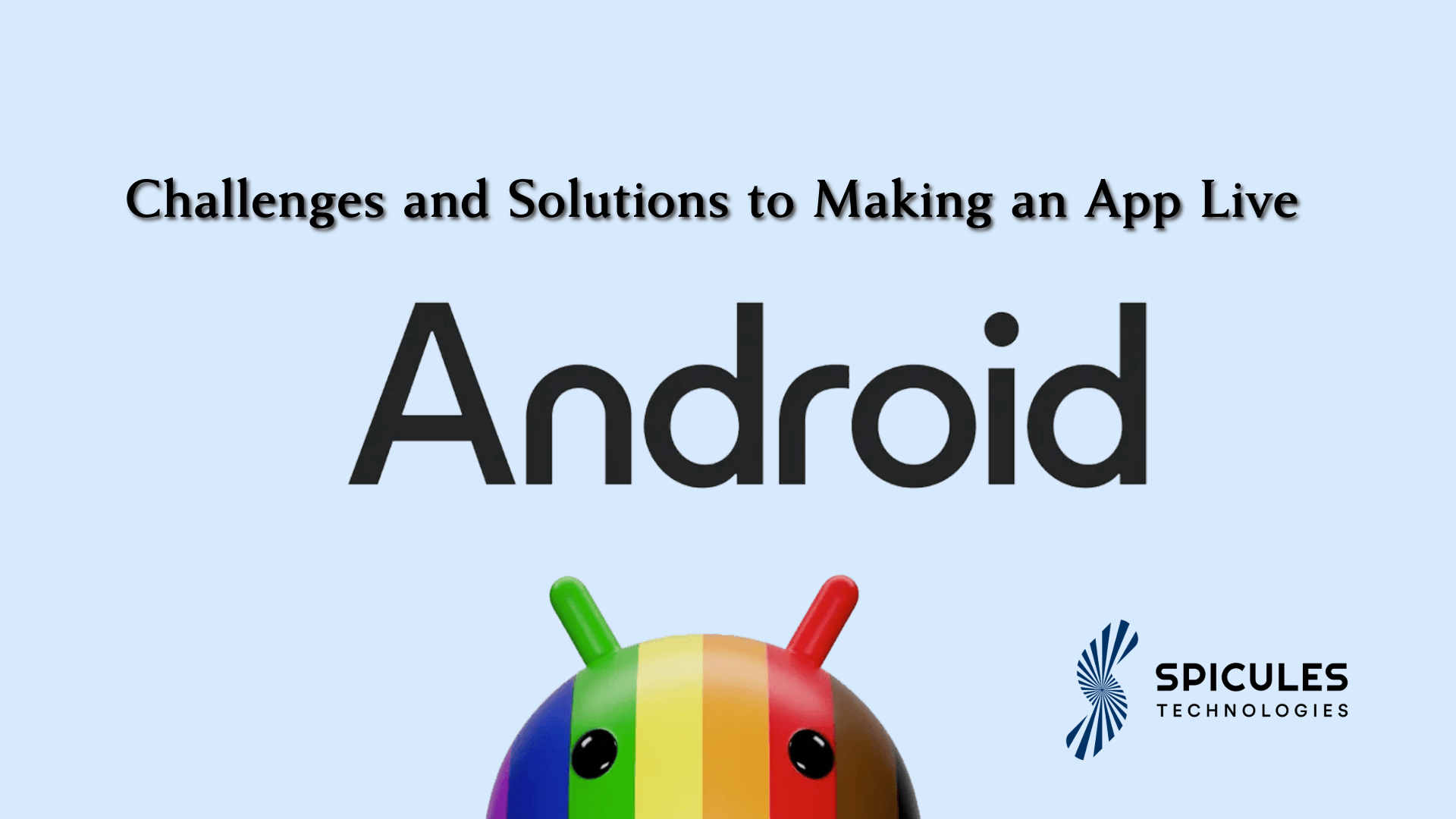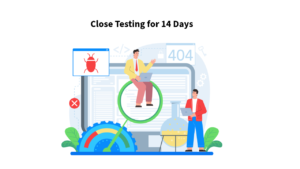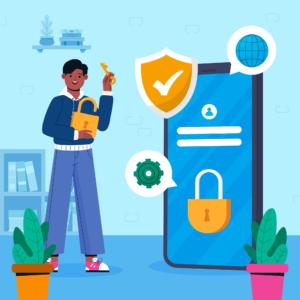Challenges and Solutions to Making an Android App Live

Releasing an app on the Android Play Store is an exciting milestone for developers. However, the process involves navigating numerous challenges to ensure the app meets all requirements and standards. From gathering necessary application information to conducting thorough testing, each step presents its own set of obstacles. Below, we delve into these challenges and provide insights on overcoming them.
Gathering Application Information

The first hurdle in making an app live is gathering all required application information. This includes:
- App Name: Choosing a unique, descriptive, and memorable name that aligns with your app’s purpose.
- App Description: Writing a clear and concise description that effectively communicates the app’s functionality and benefits.
- App Icon: Designing an appealing and recognizable icon that stands out in the Play Store.
- App Screenshots: Capturing screenshots from various devices, including phones and tablets, to showcase the app’s interface and features.
Collecting this information demands creativity, precision, and an understanding of what appeals to potential users. Ensuring high-quality visuals and compelling descriptions can significantly impact your app’s success in the crowded marketplace.
Close Testing for 14 Days

Starting November 13, 2023, Google introduced a new requirement for new Google Developer Accounts. Apps must undergo a closed testing phase with a minimum of 20 internal testers for at least 14 consecutive days before unlocking the Production option. This new policy has introduced several challenges:
Finding and Retaining Testers
- Recruiting 20 Testers: Finding 20 reliable testers who are willing to participate consistently for 14 days (about 2 weeks) is a significant challenge. Coordinating their availability and ensuring they are committed to daily testing requires careful planning.
- Continuous Usage: If any tester skips a single day, the 14-day cycle restarts, adding to the complexity. This means all 20 testers must use the app daily without fail, which can be difficult to manage.
Monitoring and Tracking

- Accurate Tracking Issues: Tracking the usage accurately is crucial. For instance, our team experienced a reset in tracking after three days, despite all 20 testers using the app. The system showed only 19 opted-in testers, disrupting the testing cycle.
- No Detailed Usage Reports: Google Play Console does not currently support detailed usage reports, making it challenging to monitor and verify the continuous testing period.
Solutions and Workarounds

To address these challenges, consider implementing the following solutions:
- Internal Monitoring System: Set up an internal app testing monitoring system in the backend to track usage. Configure an API call within the app to trigger after 2-3 minutes of usage of app, sending information such as device ID and username. This helps track daily usage accurately.
- Daily Reminders: Integrate a reminder feature within the app to notify testers to use the app daily, reducing the risk of skipped days.
- Clear Communication: Ensure clear communication with testers about the importance of daily usage and the consequences of missing a day.
Data Safety

Another critical aspect is declaring how user data is used. You need to specify the purpose of collecting data like username, email ID, phone number, and payment details. Transparency is key; users must know why their information is being collected and how it will be used. This step is essential for compliance with data protection regulations and for building user trust.
App Privacy Policy

Creating a comprehensive privacy policy is mandatory. This involves:
- Web Page for Privacy Policy: Develop a web page detailing all aspects of user data collection, usage, and protection measures.
- Detailed Information: Include information about what data is collected, how it is used, who has access to it, and how users can control their data.
Having a clear and accessible privacy policy not only fulfills Google Play Store requirements but also reassures users about their data security.
Conclusion
Making an app live on the Android Play Store involves navigating several challenges, from gathering application information to conducting a rigorous 14-day closed testing phase. By implementing robust tracking mechanisms, ensuring transparent data usage policies, and creating a comprehensive privacy policy, developers can overcome these obstacles. Successfully managing these aspects will pave the way for a smooth app launch and enhance the chances of your app’s success in the competitive market.